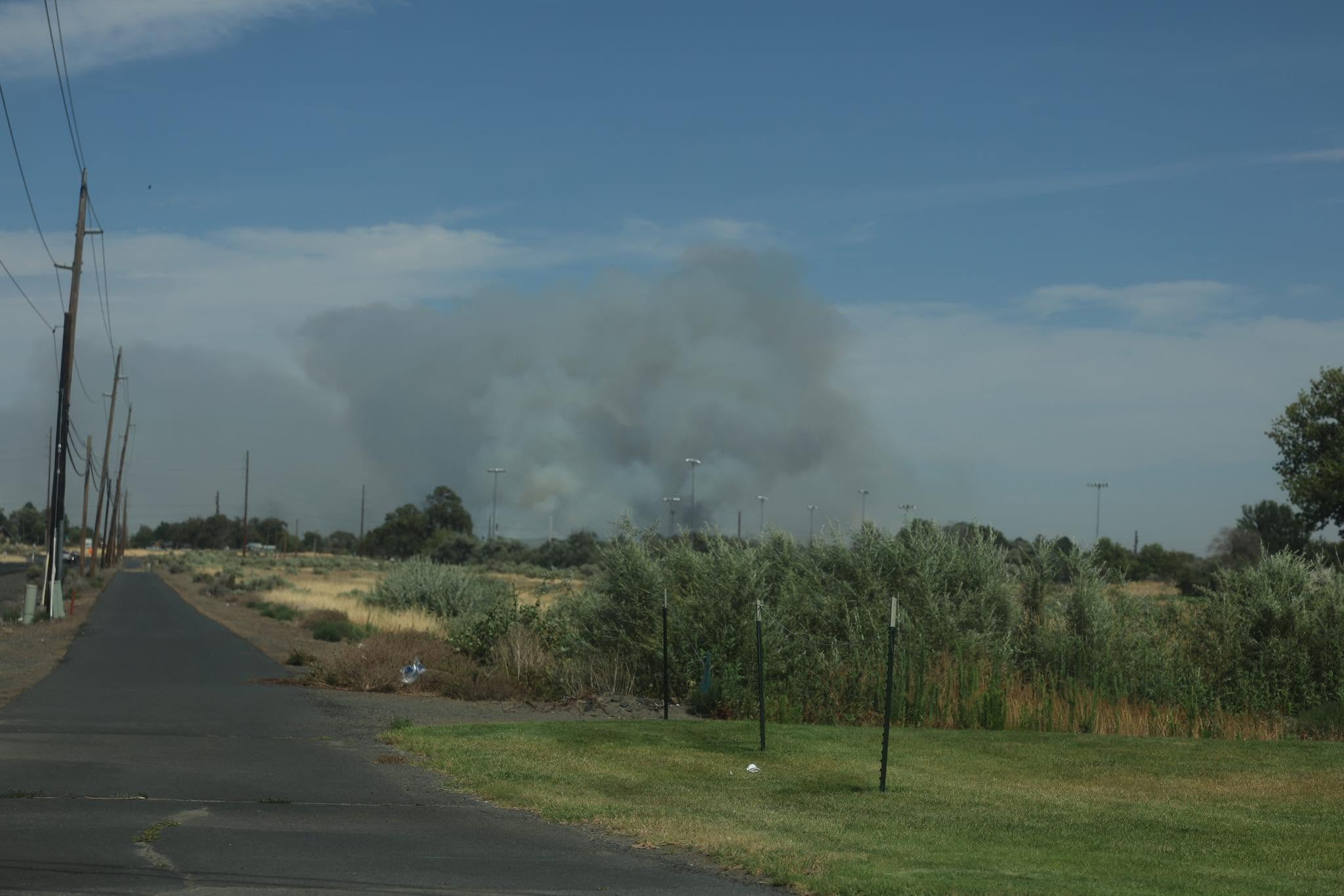Preparing your family for international travel
Published 12:00 am Sunday, June 30, 2024

- 179278751
Once again travel is booming and some families are considering international travel with children who may never have been out of the country. Although travel to Canada, Mexico and U.S. territories is relatively simple, the international travel process, especially overseas, takes time and if parents wait too long they can miss the window of opportunity. If your family is planning a trip abroad, you should start the process at least six months before your travel dates. Consider these things to help you prepare.
Travel advisories
Tourist destinations rarely include war zones, but always check for safety advisories on any country you’d like to visit. The U.S. Department of State maintains an extensive list around the world. Countries and specific areas are ranked from Level 1 (Exercise normal precautions) to Level 4 (Do not travel), with increasing caution levels in between.
Country rankings are updated as safety levels change. When considering travel, especially with children, it’s better to find out sooner rather than later if an area is unsafe. As of late June, there were 19 countries listed under Level 4, including Russia, Syria and Ukraine.
When traveling to any country, U.S. citizens have the option to enroll a trip with the Smart Traveler Enrollment Program (STEP). STEP enrollment is optional but will provide alerts and updates with safety condition reports released by the nearest U.S. embassy or consulate. This free service will also help the embassy contact you in an emergency.
Passports
Leaving the country means everyone in the family will need a passport. That process can take longer than you think. As of June, the processing times were six to eight weeks for a routine passport and two to three weeks for the expedited process. That does not include shipping time from the application location to the Department of State (up to two weeks) or the time for the passport to be mailed back (another two weeks). The recommendation is to allow for at least 12 weeks for a passport, after all documents are ready.
Passports for children require a specific form (DS-11). It must be signed by both of the child’s parents or guardians. If one or both parents (or guardians) cannot be present for the application process, the family will need additional documentation during the passport appointment – not before.
Along with form DS-11, families should have evidence of U.S. citizenship, documentation providing parent/child relationship, and a photo ID, as well as a photocopy of each. You’ll also need a physical copy of a specific size and type of passport photo and a way to pay the application fees.
The requirements for adults and older teens are similar to a child’s application, without the parental documentation. These passports are also valid longer: passports for children under 16 last for five years, while passports for adults and children 16 or 17 years old last 10 years.
Other travel documentation
Some countries, but not all, require a tourist visa or specific vaccinations to enter. When visiting the Department of State website for passport information, check your target country or countries for visa and vaccination requirements. For example, Japan requires neither a tourist visa or specific vaccinations, while South Africa currently requires a vaccination against yellow fever but no tourist visa for travel of 90 days or less. Australia, however, requires a tourist visa but no specific vaccinations.
Starting to get anxious? Don’t fret, there are some optional programs that can make travel easier. If you’ve traveled through a major airport you’ve likely seen the TSA PreCheck signs. TSA PreCheck provides streamlined security at U.S. airports and, if you fly often, the $78 fee (for five years) can save you a lot of time by avoiding long security lines. Typically, processing time is three to five days, though rare cases may take up to 60 days. If you are planning major travel and want to have TSA Precheck in place, you’ll want to apply a couple months ahead of time.
For international travel, Global Entry includes all the requirements for TSA PreCheck, but it also reduces the paperwork passengers fill out upon re-entry of the U.S. and that can save a lot of time if traveling in a group. Global Entry does require an in-person interview, which can take time to schedule after the application is received. No interview site is very convenient for Eastern Oregon – you have your choice of Portland, Boise or Seattle. The time to arrange an interview and travel time to the interview location should be built into an international travel plan.
Depending on where you visit and what you plan to do once there, also research an international driving permit (if renting and driving a car abroad), international credit cards (without foreign transaction fees), international cell phone coverage and travel insurance. Once all that is taken care of, you can focus on the day-to-day fun elements of your trip. A little early planning can save a slew of temper tantrums later.
• Start your travel research on the State Department website at travel.state.gov. On the home page, you’ll find links to passport information and for U.S. citizens to enroll in the STEP program. On their International Travel page, you can search for specific countries, where you’ll find travel advisories, as well as visa and vaccination requirements.
• All the info regarding TSA PreCheck can be found at www.tsa.gov/precheck, including online applications. Global Entry is a U.S. Customs program with online info available at www.cbp.gov/travel/trusted-traveler-programs.









